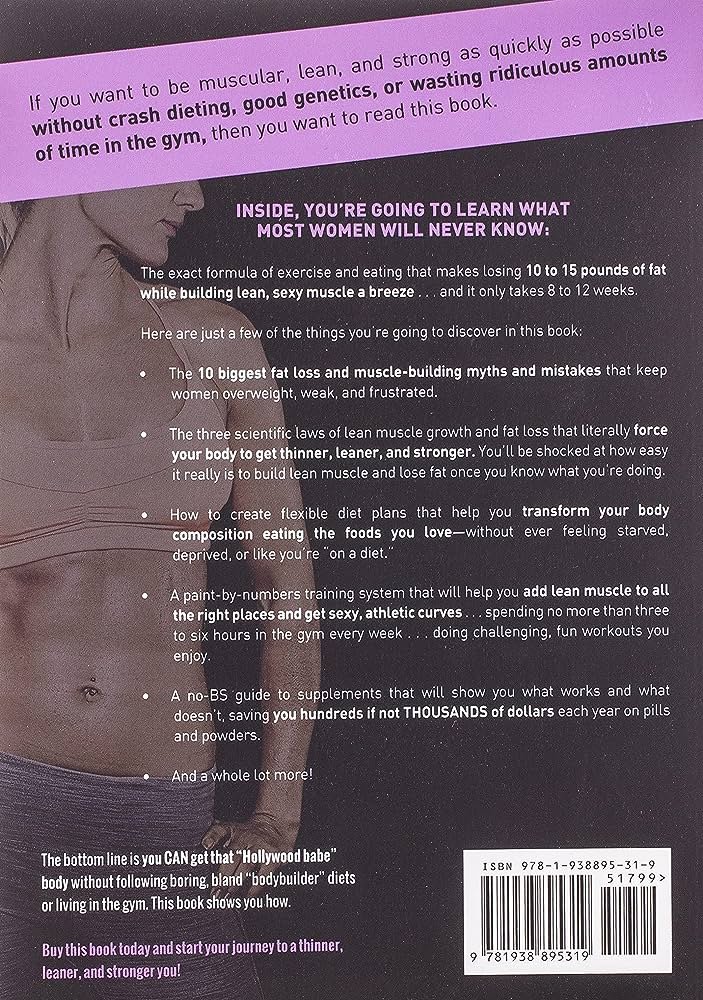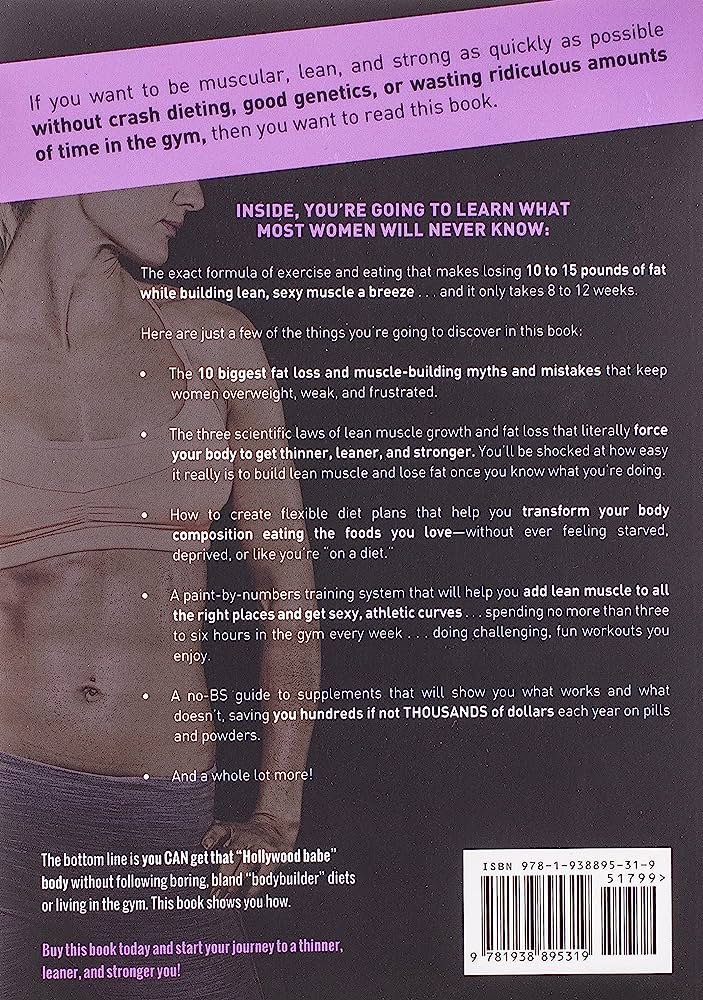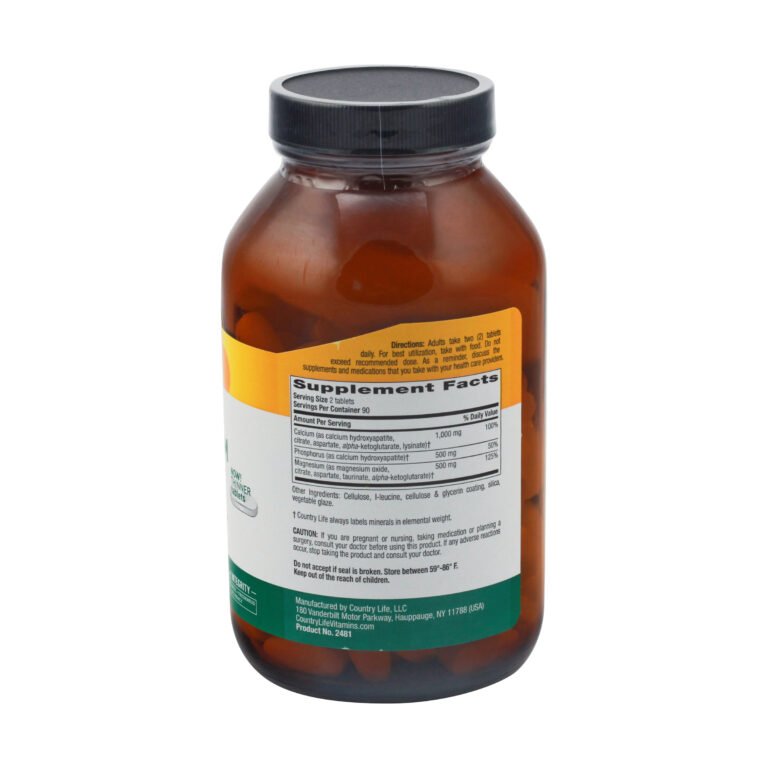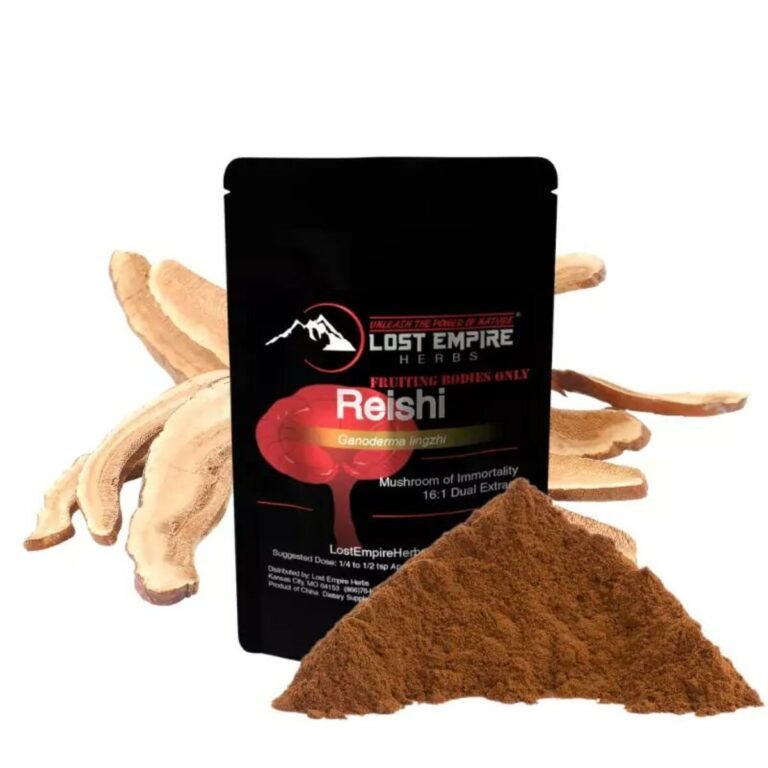Bland Diet Food List Pdf : Discover the Ultimate Power Foods
A bland diet food list pdf provides a comprehensive guide to foods that are easy to digest and gentle on the stomach. A bland diet is often recommended for people with digestive issues, such as gastritis, ulcers, or gastroenteritis.
This diet focuses on low-fat, low-fiber, and easily digestible foods that won’t irritate the digestive system. Some common foods found on a bland diet include plain rice, boiled potatoes, steamed vegetables, lean meats, and yogurt. It is important to avoid spicy, greasy, and high-fiber foods while following a bland diet.
This article aims to provide a detailed overview of the foods allowed and those to be avoided on a bland diet, helping individuals make informed dietary choices.
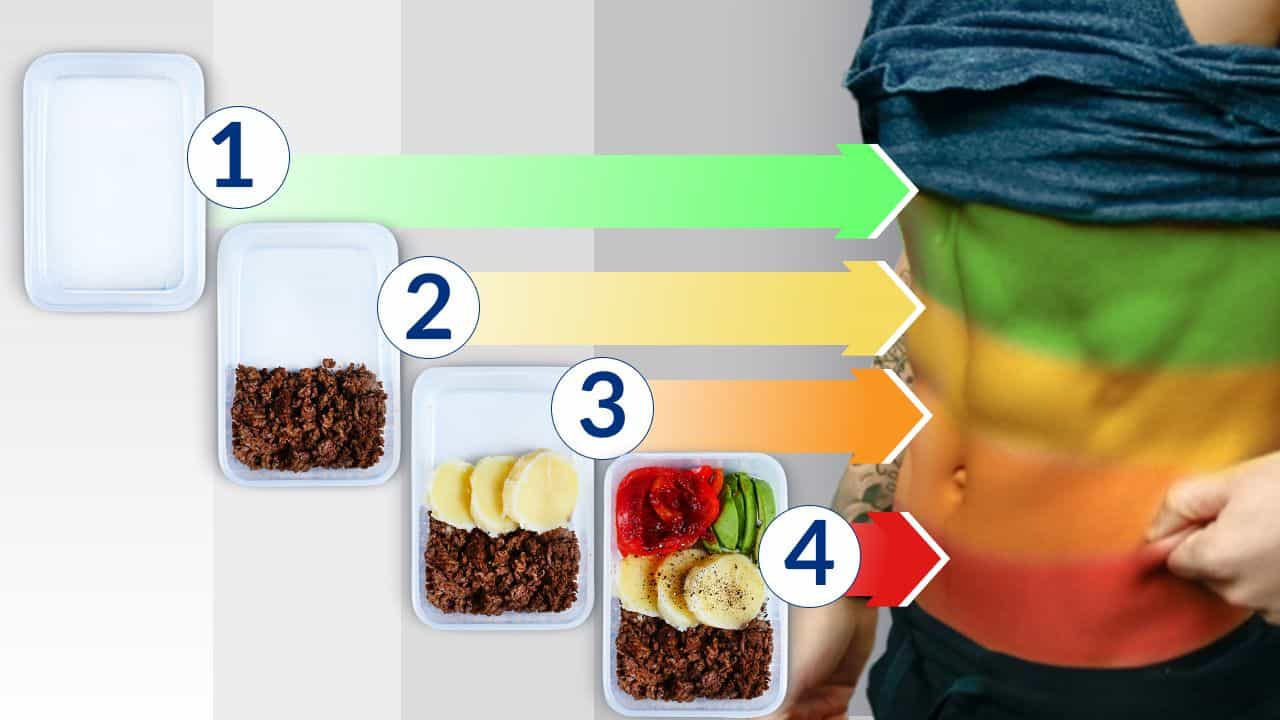
Credit: builtwithscience.com
Understanding The Bland Diet
Have you ever experienced digestive issues like acid reflux, gastritis, or ulcers? If so, you may have been advised to follow a bland diet. The purpose of this diet is to alleviate symptoms and provide relief to your digestive system.
But what exactly does a bland diet consist of, and who can benefit from following it? Let’s dive deeper into understanding the bland diet.
What Does A Bland Diet Consist Of?
A bland diet mainly focuses on consuming foods that are gentle on the stomach and intestines. Their purpose is to reduce irritation and inflammation in the digestive system. Here are the key points to keep in mind when planning your meals on a bland diet:
- Soft and easily digestible foods: Opt for foods that are easy to chew and less likely to cause discomfort, such as mashed potatoes, cooked vegetables, and tender meats.
- Low in fiber: Since high-fiber foods can be difficult to digest, it’s best to avoid them on a bland diet. Stick to refined grains like white bread and rice.
- Avoid spicy and acidic foods: Spices, hot sauces, and acidic foods like tomatoes and citrus fruits can trigger flare-ups. It’s best to steer clear of them while on a bland diet.
- Limited fat content: High-fat foods are known to stimulate the production of stomach acid, leading to digestive distress. Choose low-fat or fat-free alternatives whenever possible.
Who Can Benefit From Following A Bland Diet?
Not everyone needs to follow a bland diet, but there are certain health conditions where it can be highly beneficial. Here are some situations where a bland diet is often recommended:
- Gastrointestinal disorders: Conditions like acid reflux, gastritis, and peptic ulcers can cause discomfort and irritation in the digestive tract. Following a bland diet helps soothe these symptoms.
- Post-surgery recovery: After certain surgeries, the digestive system may be sensitive and require a gentle approach. A bland diet helps minimize any stress on the healing process.
- Nausea and vomiting: When experiencing bouts of nausea or vomiting, a bland diet can provide relief and prevent further irritation of the gastrointestinal system.
- Irritable bowel syndrome (ibs): People with ibs often find that certain foods trigger flare-ups and worsen symptoms. A bland diet can help identify and avoid these trigger foods.
Remember, it’s essential to consult with a healthcare professional or a registered dietitian before starting any new diet, especially if you have underlying health conditions or are on medications. They can provide personalized guidance tailored to your specific needs.
So next time you’re advised to follow a bland diet, you’ll know what it entails and how it can benefit you. By incorporating gentle, easily digestible foods and avoiding triggers, you can support the healing and overall health of your digestive system.
The Ultimate Power Foods For A Bland Diet
Maintaining a bland diet doesn’t mean you have to sacrifice taste or nutrition. By incorporating a range of nutrient-rich foods, you can create a well-balanced eating plan that supports your overall health and well-being. In this section, we’ll explore the ultimate power foods for a bland diet, focusing on incorporating fruits and vegetables, lean proteins, and whole grains and high-fiber foods.
Incorporating Nutrient-Rich Fruits And Vegetables
Including a variety of fruits and vegetables in your bland diet can provide essential vitamins, minerals, and antioxidants. Here are some key points to keep in mind:
- Aim for a colorful plate: Incorporate a mix of fruits and vegetables in different colors to ensure a diverse range of nutrients.
- Steamed or boiled is best: When preparing your fruits and vegetables, opt for steaming or boiling methods to retain their nutrients and flavors.
- Soft and easy to digest: Choose fruits and vegetables that are easy to chew and digest, such as bananas, cooked carrots, mashed potatoes, or tender greens like spinach.
Lean Proteins For A Well-Balanced Diet
Protein is an important building block for our bodies, and including lean sources of protein in your bland diet can help maintain muscle mass and support overall health. Consider the following points when incorporating lean proteins:
- Skinless poultry and fish: Opt for skinless chicken or turkey breast and fish like salmon or cod for lean protein options that are easy to digest.
- Plant-based proteins: Explore plant-based protein sources such as tofu, lentils, or chickpeas for alternatives to meat that provide plenty of nutrients.
- Cooking methods: Grill, bake, or steam your proteins for healthier options that don’t compromise taste or texture.
Whole Grains And High-Fiber Foods For Gut Health
Including whole grains and high-fiber foods in your bland diet can support digestive health and provide a feeling of fullness. Consider the following points when choosing whole grains:
- Choose whole grain options: Opt for whole wheat bread, brown rice, whole grain pasta, or oatmeal to include a good amount of fiber in your diet.
- Incorporate legumes and beans: Lentils, chickpeas, and black beans are excellent sources of fiber and can be added to soups, salads, or stews to enhance both taste and nutrition.
- Hydration is key: Remember to drink plenty of water when increasing fiber intake to support digestion.
By incorporating these ultimate power foods into your bland diet, you can ensure that you receive essential nutrients while keeping your meals interesting and flavorful. Experiment with different cooking methods, seasonings, and combinations to find what works best for you.
Remember, creativity is the key to maintaining a satisfying and nutritious diet, even when limited by bland food options.
Power Fruits And Vegetables
Fruits and vegetables play a crucial role in a bland diet, not only providing essential nutrients but also adding flavor and variety to your meals. Incorporating power fruits and vegetables into your bland diet can help you maintain a balanced and nutritious eating plan.
Here are some key points to consider:
The Role Of Fruits And Vegetables In A Bland Diet
- Fruits and vegetables are rich in essential vitamins, minerals, and antioxidants that support overall health and well-being.
- They provide dietary fiber, which aids in digestion and helps prevent constipation, a common issue during a bland diet.
- These nutrient-dense foods can help boost the immune system, which may be beneficial for individuals with compromised health.
- Fruits and vegetables are generally low in fat and calories, making them an excellent choice for weight management.
Nutrient-Packed Fruits For Added Variety And Flavor
- Apples: Rich in fiber and antioxidants, apples can be enjoyed raw or cooked for added variety. Try baking them with a sprinkle of cinnamon for a flavorful treat.
- Bananas: A great source of potassium and easily digestible, bananas are a go-to fruit for a bland diet. Enjoy them as they are or blend them into smoothies for added creaminess.
- Citrus fruits: Oranges, lemons, and grapefruits are packed with vitamin c, which can help with the healing process. Squeeze fresh lemon juice over bland dishes or enjoy a refreshing glass of orange juice.
- Berries: Blueberries, strawberries, and raspberries are high in antioxidants and add a burst of flavor to any dish. Add them to oatmeal, yogurt, or even blend them into a nutritious smoothie.
- Melons: Watermelon and cantaloupe are hydrating fruits that can be particularly soothing on the digestive system. Enjoy them on their own or blend them into a refreshing summer drink.
Delicious And Simple Vegetable Recipes For A Bland Diet
- Mashed cauliflower: A nutritious and tasty alternative to mashed potatoes, cauliflower can be boiled and mashed with a touch of butter or olive oil. Add garlic or herbs for extra flavor.
- Steamed carrots: Carrots are easily digested when steamed and provide essential vitamins and antioxidants. Season them with a sprinkle of salt and dill for a flavorful side dish.
- Roasted zucchini: Cut zucchini into slices, drizzle with olive oil, and sprinkle with your favorite herbs. Roast them in the oven until tender and slightly golden for a delicious and nutritious side dish.
- Creamy spinach soup: Cook spinach in vegetable or chicken broth and blend until smooth. Add a dollop of greek yogurt or cream for a creamy texture, and season with salt and pepper to taste.
- Baked sweet potato: A comforting and nutritious option, sweet potatoes can be baked until soft and enjoyed with a sprinkle of cinnamon or a touch of maple syrup.
By incorporating power fruits and vegetables into your bland diet, you can ensure that your meals remain flavorful, diverse, and packed with essential nutrients. From nutrient-rich fruits to simple and delicious vegetable recipes, there are plenty of options to make your bland diet a more enjoyable experience.
Lean Proteins For Optimal Health
The Importance Of Lean Proteins In A Bland Diet
Lean proteins are a crucial component of a bland diet, as they provide essential nutrients while being gentle on the digestive system. Here we explore why lean proteins play a vital role in maintaining optimal health and wellness.
- Lean proteins are easier to digest: They contain lower levels of fat and connective tissue, making them less taxing on the digestive system. This can alleviate discomfort and promote better digestion for individuals on a bland diet.
- Muscle maintenance and repair: Lean proteins are rich in essential amino acids, which are the building blocks of protein. These amino acids are necessary for repairing and rebuilding body tissues, including muscles. Incorporating lean proteins into a bland diet can help support muscle maintenance and repair.
- Satiety and weight management: Lean proteins are known to be highly satiating, meaning they keep you feeling fuller for longer. This can be particularly beneficial for those on a bland diet, as it may help prevent overeating and promote weight management.
Essential Amino Acids Found In Lean Protein Sources
Lean protein sources are not only packed with protein but also contain essential amino acids that are necessary for various bodily functions. Here are some key essential amino acids commonly found in lean protein options:
- Leucine: This amino acid plays a crucial role in stimulating muscle protein synthesis, promoting muscle growth, and aiding in muscle recovery.
- Lysine: Lysine is important for the formation of collagen, which helps maintain the health of skin, cartilage, and bones. It also aids in the absorption of calcium and promotes the production of enzymes, hormones, and antibodies.
- Valine: Valine is one of the three branched-chain amino acids (bcaas) and is essential for muscle repair, energy production, and the maintenance of nitrogen balance in the body.
- Phenylalanine: Phenylalanine is involved in the production of several important molecules in the body, including neurotransmitters such as dopamine, epinephrine, and norepinephrine. It also plays a role in maintaining a healthy mood and appetite.
Mouthwatering Recipes For Lean Protein Options
Incorporating lean proteins into your bland diet doesn’t mean sacrificing taste. Here are a few delicious recipes to add variety and flavor to your meals:
- Grilled lemon herb chicken: Marinate boneless, skinless chicken breasts in a mixture of lemon juice, garlic, herbs, and olive oil. Grill until cooked through for a flavorful and lean protein-rich meal.
- Baked salmon with herbed quinoa: Season a salmon fillet with herbs, lemon zest, and a drizzle of olive oil. Bake until the fish is tender and flaky. Serve alongside herbed quinoa for a nutritious and satisfying meal.
- Turkey and spinach meatballs: Combine lean ground turkey with finely chopped spinach, garlic, onion, and your choice of herbs and spices. Shape into meatballs and bake until golden brown. Serve with a side of steamed vegetables for a wholesome and lean protein-packed dish.
- Vegetarian black bean chili: Make a hearty and protein-rich chili by combining black beans, diced tomatoes, bell peppers, onions, and spices. Simmer until the flavors meld together, and serve with a dollop of greek yogurt or a sprinkle of grated cheese.
By incorporating these mouthwatering lean protein recipes into your bland diet, you can enjoy flavorful meals while still maintaining a gentle and nutritious eating plan. Remember to consult with a healthcare professional or nutritionist before making any significant dietary changes.
The Benefits Of Whole Grains
Whole grains are an essential component of a healthy and balanced diet. Incorporating whole grains into your bland diet offers numerous benefits, from providing essential nutrients to promoting digestive health. Let’s explore how whole grains contribute to a healthy bland diet.
How Whole Grains Contribute To A Healthy Bland Diet
- Whole grains are a rich source of dietary fiber, which aids in digestion and helps maintain bowel regularity.
- They provide sustained energy due to their complex carbohydrate content, making them an ideal choice for individuals following a bland diet.
- Whole grains contain essential vitamins and minerals such as b vitamins, iron, and magnesium that promote overall health and wellbeing.
- They are low in fat, promoting heart health and weight management.
- Consuming whole grains may lower the risk of chronic diseases such as type 2 diabetes, heart disease, and certain cancers.
Recommended Whole Grain Sources For A Bland Diet
- Oatmeal: A comforting and easily digestible whole grain, oatmeal can be enjoyed as a warm breakfast cereal or incorporated into smoothies.
- Brown rice: Nutritious and versatile, brown rice can be a base for stir-fries, grain bowls, or a side dish to accompany your meals.
- Quinoa: Although technically a seed, not a grain, quinoa is often referred to as a pseudo-cereal and packs a healthy punch of protein and fiber.
- Whole wheat bread: Opt for whole wheat bread instead of refined white bread to increase your whole grain intake.
- Barley: Perfect for soups and stews, barley adds a hearty and chewy texture while providing ample fiber and nutrients.
Creative Ways To Add Whole Grains To Your Meals
- Make a colorful salad with a base of cooked quinoa or brown rice, adding various vegetables, herbs, and a light dressing.
- Swap regular pasta with whole wheat or legume-based pasta varieties, such as chickpea pasta, for added protein and fiber.
- Enjoy a delicious bowl of oatmeal for breakfast or as a snack, topped with fresh fruits, nuts, and a drizzle of honey.
- Experiment with ancient grains like farro or amaranth in your grain-based dishes for a unique and nutritious twist.
- Bake your own whole grain bread using whole wheat flour, old-fashioned oats, or other whole grain flours for a healthier alternative.
By incorporating whole grains into your bland diet, you provide your body with essential nutrients, promote digestive health, and enjoy a variety of tasty and satisfying meals. Get creative and experiment with different whole grain sources to reap the benefits they offer.
High-Fiber Foods For A Happy Gut
Understanding The Role Of High-Fiber Foods In A Bland Diet
A bland diet is often recommended for individuals with digestive issues or those recovering from certain medical conditions. This type of diet focuses on consuming mild and easily digestible foods to minimize irritation to the stomach and intestines. However, it’s essential to include high-fiber foods in a bland diet for maintaining a healthy gut.
Fiber plays a crucial role in digestion and can help alleviate some of the discomfort associated with digestive problems. Here are some key points to understand about the role of high-fiber foods in a bland diet:
- Promotes regular bowel movements: Fiber adds bulk to the stool, making it easier to pass through the digestive tract. This can help prevent constipation, which is common in individuals following a bland diet.
- Supports gut health: High-fiber foods act as prebiotics, providing nourishment for beneficial gut bacteria. This promotes a healthy balance of gut flora and improves overall digestive health.
- Assists in weight management: Fiber-rich foods tend to be more filling and can keep you satisfied for longer periods. This helps prevent overeating and aids in weight management, which is especially important for individuals following a bland diet for medical reasons.
Fiber-Rich Foods To Include In Your Daily Meals
Incorporating fiber-rich foods into your daily meals can be a simple and effective way to ensure you’re consuming adequate amounts of this essential nutrient. Here are some tasty and nutritious options to consider:
- Whole grains: Opt for whole grain varieties of bread, rice, pasta, and cereals. These contain more fiber than their refined counterparts and provide a range of vitamins and minerals.
- Legumes: Add beans, lentils, chickpeas, and other legumes to your meals. They are not only rich in fiber but also offer a good source of plant-based protein.
- Fruits and vegetables: Include a variety of fruits and vegetables in your diet to increase your fiber intake. Berries, apples, pears, broccoli, carrots, and leafy greens are excellent choices.
- Nuts and seeds: Snack on almonds, walnuts, chia seeds, and flaxseeds, which are packed with fiber and beneficial fats. They can be added to yogurts, smoothies, or used as toppings for salads.
- Oats: Start your day with a bowl of oatmeal, as oats are a great source of soluble fiber. They can help lower cholesterol levels and promote heart health.
- Chia pudding: Combine chia seeds with your choice of milk and let them soak overnight. This creates a delicious and fiber-rich pudding that can be topped with fruits or nuts.
- Smoothies: Blend fruits, vegetables, and yogurt together to create a fiber-rich smoothie. You can add a tablespoon of flaxseed or chia seeds for an extra fiber boost.
Tasty And Simple Recipes Incorporating High-Fiber Ingredients
Incorporating high-fiber ingredients into your meals doesn’t have to be bland or boring. Here are a few tasty and easy-to-prepare recipes that will keep your taste buds satisfied while meeting your dietary needs:
- Fiber-packed salad: Create a salad with a variety of leafy greens, cherry tomatoes, cucumber slices, shredded carrots, and chickpeas. Top it off with a light vinaigrette dressing for a refreshing meal.
- Whole grain wraps: Fill whole grain wraps with lean protein such as grilled chicken or turkey, crunchy vegetables, and a smear of avocado. This fiber-rich meal is both satisfying and nutritious.
- Vegetable stir-fry: Sauté a mix of colorful vegetables like bell peppers, broccoli, snap peas, and carrots in a small amount of olive oil. Serve it over a portion of brown rice for a fiber-packed, flavorful dish.
- Fruit and yogurt parfait: Layer plain greek yogurt with your favorite fruits, such as berries, sliced bananas, and diced mango. Top it off with a sprinkle of granola or toasted almonds for added crunch and fiber.
- Bean chili: Prepare a hearty bean chili using a combination of kidney beans, black beans, and pinto beans. Add vegetables, diced tomatoes, spices, and simmer until flavors meld together. Serve it with a side of whole grain bread for a complete, high-fiber meal.
By incorporating these high-fiber foods and recipes into your bland diet, you can enjoy a happy gut while still ensuring a flavorful and satisfying eating experience. Remember to listen to your body and make adjustments as needed, consulting with a healthcare professional if necessary.
Frequently Asked Questions For Bland Diet Food List Pdf
What Foods Are Allowed On A Bland Diet?
A bland diet typically includes foods that are easy to digest and are gentle on the stomach, such as boiled chicken, cooked vegetables, white rice, and low-fat dairy products.
What Foods Should Be Avoided On A Bland Diet?
When following a bland diet, it’s best to avoid spicy foods, fried foods, citrus fruits, alcohol, caffeine, and anything that may irritate the stomach or cause discomfort.
Is A Bland Diet Beneficial For People With Digestive Issues?
Yes, a bland diet can be beneficial for people with digestive issues, such as gastritis or acid reflux. It helps to reduce irritation and inflammation in the stomach and provides relief from symptoms like heartburn or indigestion.
Can A Bland Diet Help With Diarrhea?
Yes, a bland diet is often recommended for people with diarrhea as it helps to reduce strain on the digestive system. Foods like bananas, applesauce, and toast are commonly included in a bland diet to provide gentle nourishment.
Can A Bland Diet Help With Gastritis?
Yes, a bland diet is often recommended for people with gastritis as it helps to reduce inflammation in the stomach and alleviate symptoms like stomach pain, bloating, and nausea. It promotes healing and allows the stomach to recover.
Conclusion
Incorporating a bland diet into your lifestyle can have numerous benefits for your digestive health. By eliminating potentially irritating foods and focusing on easily digestible options, you can alleviate symptoms of gastrointestinal conditions and promote overall well-being. A well-rounded bland diet should consist of a variety of simple and nourishing foods such as lean proteins, cooked vegetables, whole grains, and fruits.
It’s important to consult with a healthcare professional or registered dietitian to tailor the diet to your specific needs and preferences. Additionally, keeping a food diary can help you identify trigger foods and track your progress. Remember to drink plenty of water and practice mindful eating to enhance the effectiveness of the bland diet.
By taking these steps, you can find relief from digestive discomfort and improve your quality of life. Start incorporating the foods from the bland diet food list pdf into your meals and experience the positive impact on your health.

